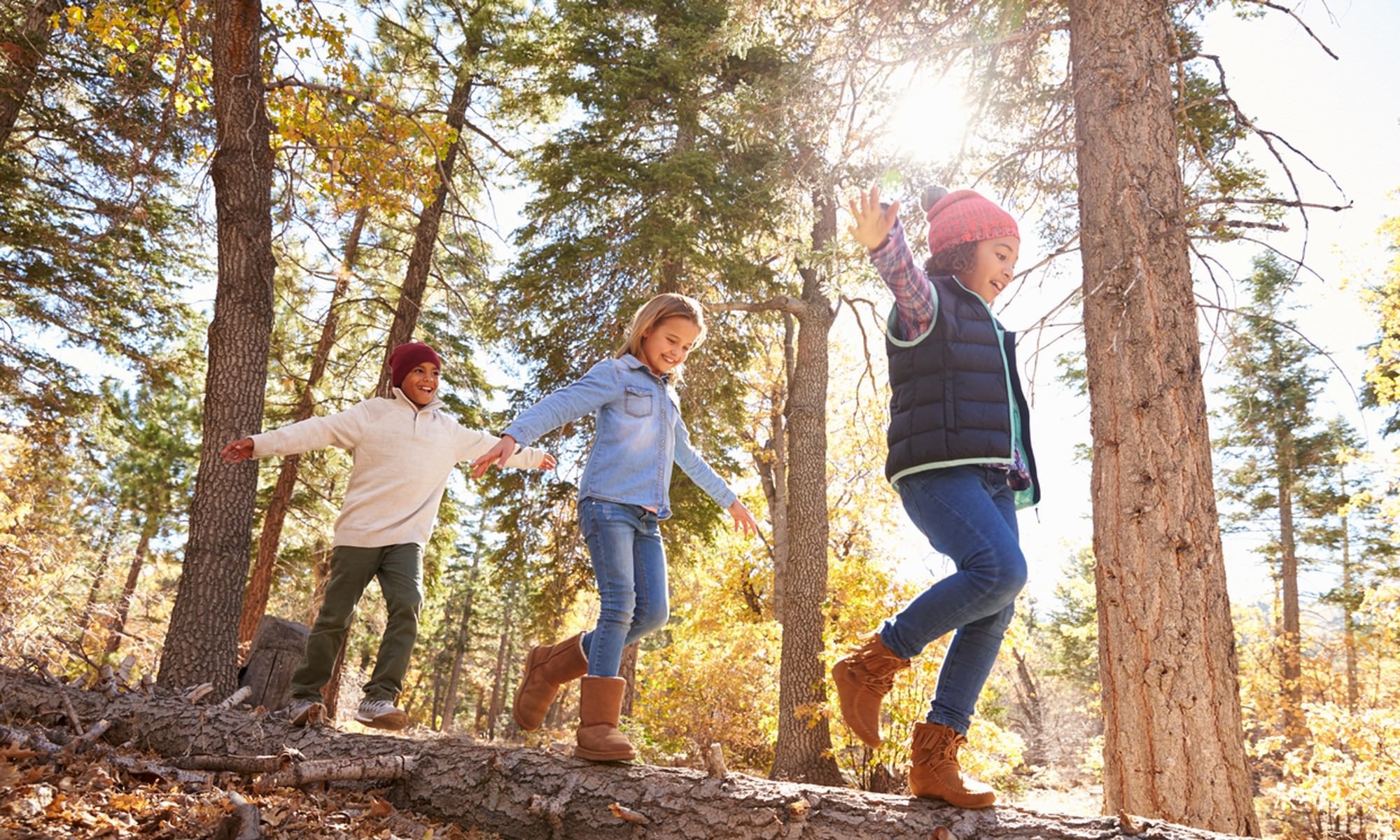For years I worked as an outdoor educator leading outdoor trips designed to teach kids about nature and the outdoors. In theory, I was already an experienced backcountry traveler, so being outside all day in all kinds of weather shouldn’t surprise me. But it did. Being outside on my own was different than stomping around all day with a bunch of kids or adults in tow.
Instead of going for a hike at my own pace, I was spending all day outside at someone else’s pace. Instead of picking up the pace when I got chilled, I still had to get a bunch of folks excited to learn about how to tell different ferns apart in the rain. Here’s what I learned being outside really meant.

Your Feet Will Get Wet
Kids don’t stay dry in tidepools or avoid mud puddles on trails. Neither, I realized, do I. At first I started bringing a few extra pairs of socks. Then I decided that was a halfway fix, and what really worked was either self-draining water shoes or knee-high rubber boots.
Dress for Going Slow
Hiking at my own pace is a different beast than hiking with a group of kids. I learned quickly that we’d be standing still a lot watching birds and identifying plants or other similar activity. We’d move slow enough that my internal furnace wouldn’t crank out the BTUs. I dressed a lot warmer. And in damp coastal climates, the gore-tex jacket ended up at home. An old-fashioned rubber yellow rain slicker did a much better job at stopping evaporative cooling. Hikers in ultralight gear might laugh at me in my rainslicker and rubber boots as they zip by. But they’re just passing through, and I’m here all day.
Keep Your Head
The stop-and-go pace meant that the easiest way to regulate temperature was changing headgear. I’d go through lots of hat changes, from warm hats to headbands to rainproof ball caps and sun hats. Keeping three different hats in reach at all times may seem silly, but it was by far the easiest way to keep comfy when our pace or the weather changed. But it did mean that I needed more storage on my person.
You Need More Pockets
Instead of just trucking down the trail, I found myself reaching constantly for binoculars or field guides. That meant many more pockets, with much more space.

Be Your Own Library
Before I started working as a naturalist, I didn’t often hike with binoculars or field guides. But seeing wildlife up close and knowing what plants, animal tracks or tidepool critters you’re looking at adds to the fun. Bring a good compact pair of binocs and a field guide.
Be Able to Write
In the world of the naturalist, a notebook is key. For me in the wet Pacific Northwest, waterproof is a must and you’ll need a pencil, not a pen.
Hydrate
Don’t forget water and a thermos of tea or hot cocoa.
